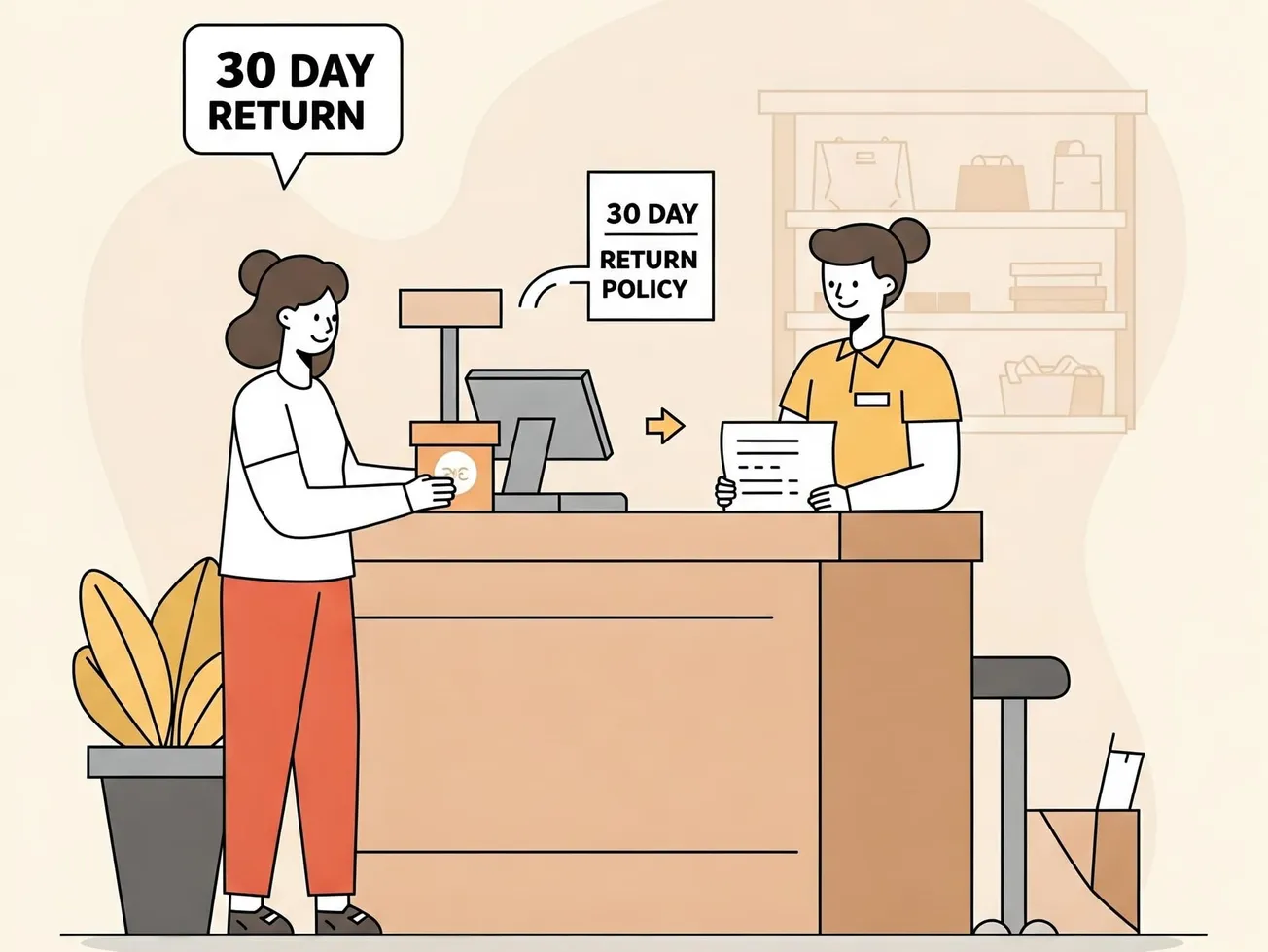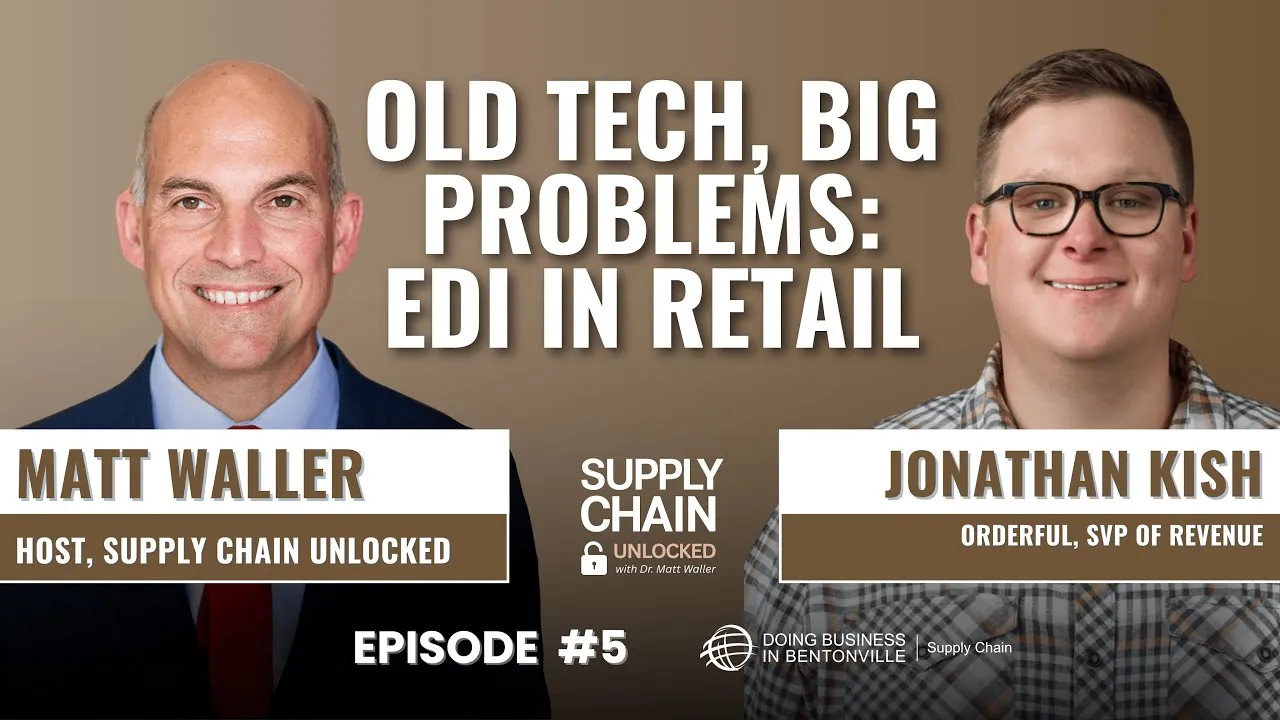Returns Are Retail’s Hidden Supply Chain, and Walmart Is Reengineering It
In a retail landscape increasingly defined by convenience, reverse logistics has become a critical function, especially for omnichannel giants like Walmart. With over 100 million unique customers shopping both in-store and online each week, handling returns efficiently is as important as the original delivery. And Walmart is building the infrastructure, technology and partnerships to manage this flow at scale.
Volume Meets Velocity: The Returns Challenge
Walmart processes tens of millions of returns annually, ranging from apparel and electronics to groceries and home goods. With rising e-commerce, especially in categories like fashion and electronics, the volume of returns has only grown.
Each return presents a complex logistical question:
- Can it be reshelved?
- Should it be refurbished?
- Is liquidation or donation more cost-effective?
Returns flow into reverse logistics centers (RLCs), which are dedicated facilities designed to sort, assess and redirect items. Walmart has expanded these centers across key regions, enabling faster processing and smarter routing.
Tech-Driven Returns Management
To manage this massive operation, Walmart uses AI-powered decision engines that evaluate an item’s condition, category and resale value. This system automatically determines whether a product can be:
- Returned to store shelves
- Sent to clearance or outlet channels
- Routed for recycling or disposal
- Flagged for donation through Walmart’s charity partners
These tools reduce manual labor, minimize environmental waste and help recapture revenue from what might otherwise be a loss.
Partnerships That Power Sustainability
Walmart partners with companies like Optoro, a leader in reverse logistics technology, to streamline the journey of returned goods. Optoro’s SmartDisposition platform integrates with Walmart’s systems to maximize recovery value and minimize landfill usage.
In addition, Walmart’s growing partnership network includes third-party resellers, refurbishers and donation networks to extend the life cycle of returned merchandise.
The Shopper Experience: Easier Returns, Better Loyalty
Consumer-facing technology also plays a role. Walmart’s mobile app and website now offer seamless return initiation, including options for:
- Return by mail
- In-store drop-off
- Scheduled pickup in select markets
These choices reduce friction and strengthen customer loyalty, especially important in competitive online categories.
Looking Ahead: Returns as a Retail Differentiator
With expectations for fast, free and flexible returns only rising, Walmart is treating reverse logistics not just as a cost center, but as a strategic differentiator.
As it continues to refine this infrastructure with machine learning, automation and sustainability goals, Walmart’s returns network is quietly becoming one of the most advanced in retail.
Extra Reading
- Optoro Case Study
- SCM Insight Overview
- SADA + Optoro Case Study
- Reverse Logistics and Retail Strategy
- Revolutioning Returns for E-commerce Growth
- Returns, Refurbs Gaining Traction









